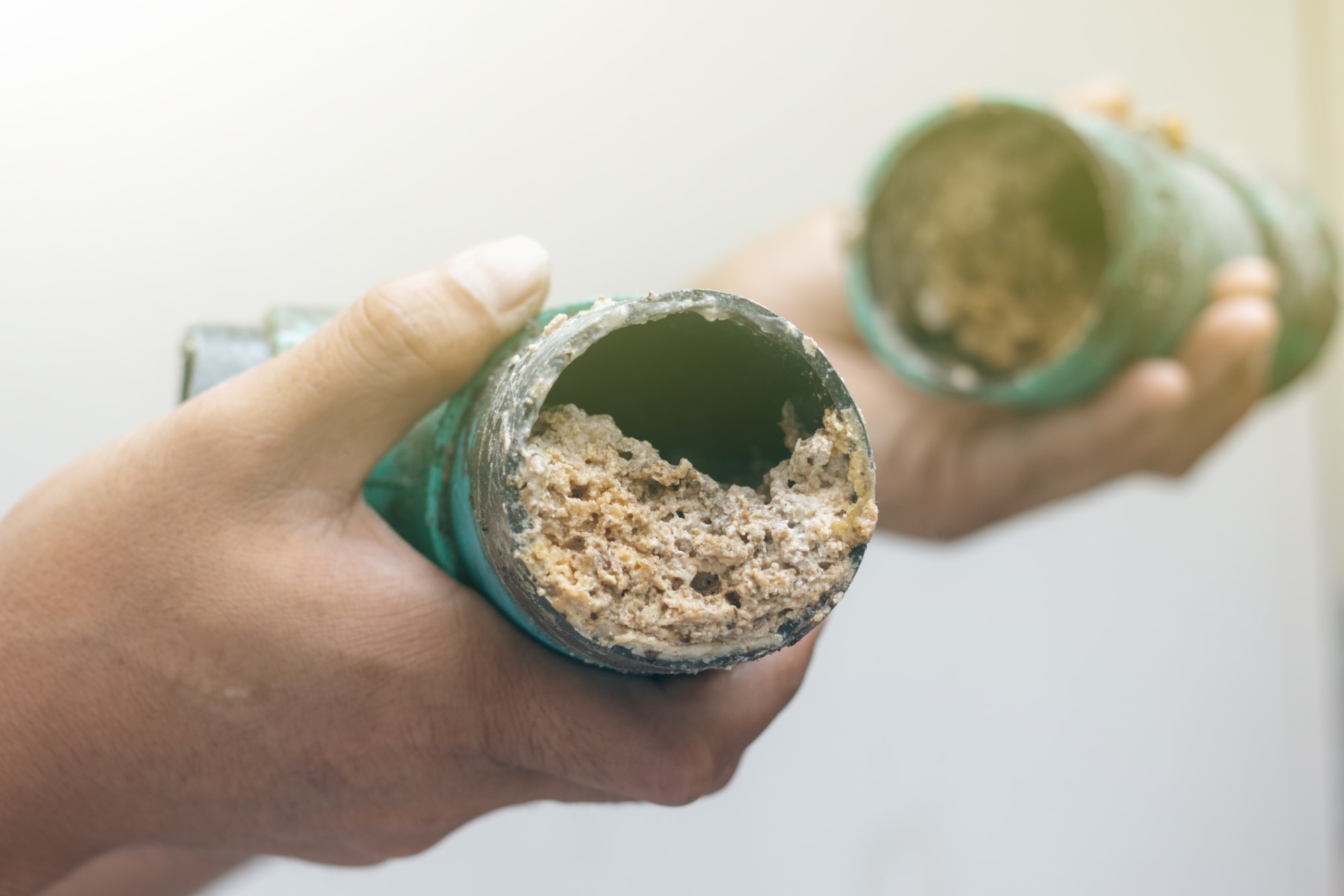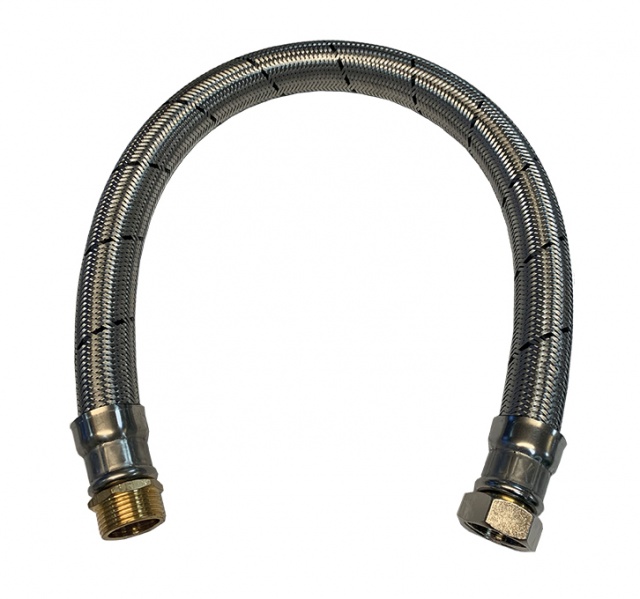

For single-family dwellings not served by a community system, a minimum flow of 400 gallons per day should be used to determine adequate septic tank capacity.The minimum liquid capacity of a septic tank for any system should be 900 gallons.Calculations for Septic Tanks, Absorption Fields and Sand Mounds Septic Tank Sizing Contact the township or municipality Sewage Enforcement Officer, Conservation District, Penn State Extension office, or the USDA Natural Resources Conservation Service for ideas, suggestions, or guidance. Consider how farmstead management practices or site conditions could be modified to better protect groundwater and surface water. Some problems can be taken care of right away others could be major or costly projects, requiring careful planning before action is taken. Regardless of the overall ranking, any individual rankings of “1" should receive immediate attention. Poor (1's): poses a high risk of polluting groundwater or surface water.Fair (2's): inadequate protection in many situations.Good (3's): provides reasonable groundwater and surface water protection.Best (4's): best management according to current guidelines.Look over the rankings for individual features of each site: Since it represents an average of many individual rankings, it can mask any individual rankings (such as 1's and 2's) that should be of concern. This ranking should serve only as a general guide, not a precise diagnosis. This ranking indicates how household waste treatment practices as a whole might affect groundwater and surface-water quality. Evaluate the overall management practices and site conditions. Calculate the average ranking for all sites combined. Divide the value in the “Total" box by the number of features ranked. Now that each feature has been ranked, add all these rankings together and put that value in the “Total" box at the end of the worksheet. If you are unfamiliar with any of the terms used, refer to the glossary provided with this worksheet. Directions for determining your ranking are on the last page of the worksheet. If you have more than 3 sites, please use another worksheet.

Space is provided to rank up to 3 sites on your farmstead. Evaluate each household wastewater treatment system on your farmstead for its effect on groundwater and surface water. It should take 15 to 30 minutes to complete the evaluation and determine your ranking.
HOUSEHOLD WASTEWATER TREATMENT SYSTEMS HOW TO
How to Rank Groundwater and Surface Water Protection Using This Worksheet The goal of Pennsylvania Farm-A-Syst is to help you protect groundwater and surface water, shared resources which are important to everyone. Excess nutrients in surface water can cause overgrowth of vegetation, which harms (smothers) aquatic life. Phosphorus from detergents can excessively enrich surface water. Nutrients such as nitrate-nitrogen can contaminate the ground-water supply. Systems that have been in place for more than 20 years and have not been inspected may be leaking disease-causing organisms and nutrients into groundwater or surface water.

Systems installed before this date may be prone to drainfield malfunctions. Septic system regulations enacted in 1966 set uniform standards for construction and repair of septic systems. The frequency of the pumping depends on the size of the septic tank and the number of people it serves. Septic tanks need to be pumped every 3 to 5 years to prevent the solids from escaping the tank and clogging drain-fields. Up to 50% of the solids retained in a septic system decompose while the remainder accumulate in the tank. Maintenance of these systems is the responsibility of the home owner. Nearly one-third of Pennsylvania residents rely on private household waste treatment systems.


 0 kommentar(er)
0 kommentar(er)
